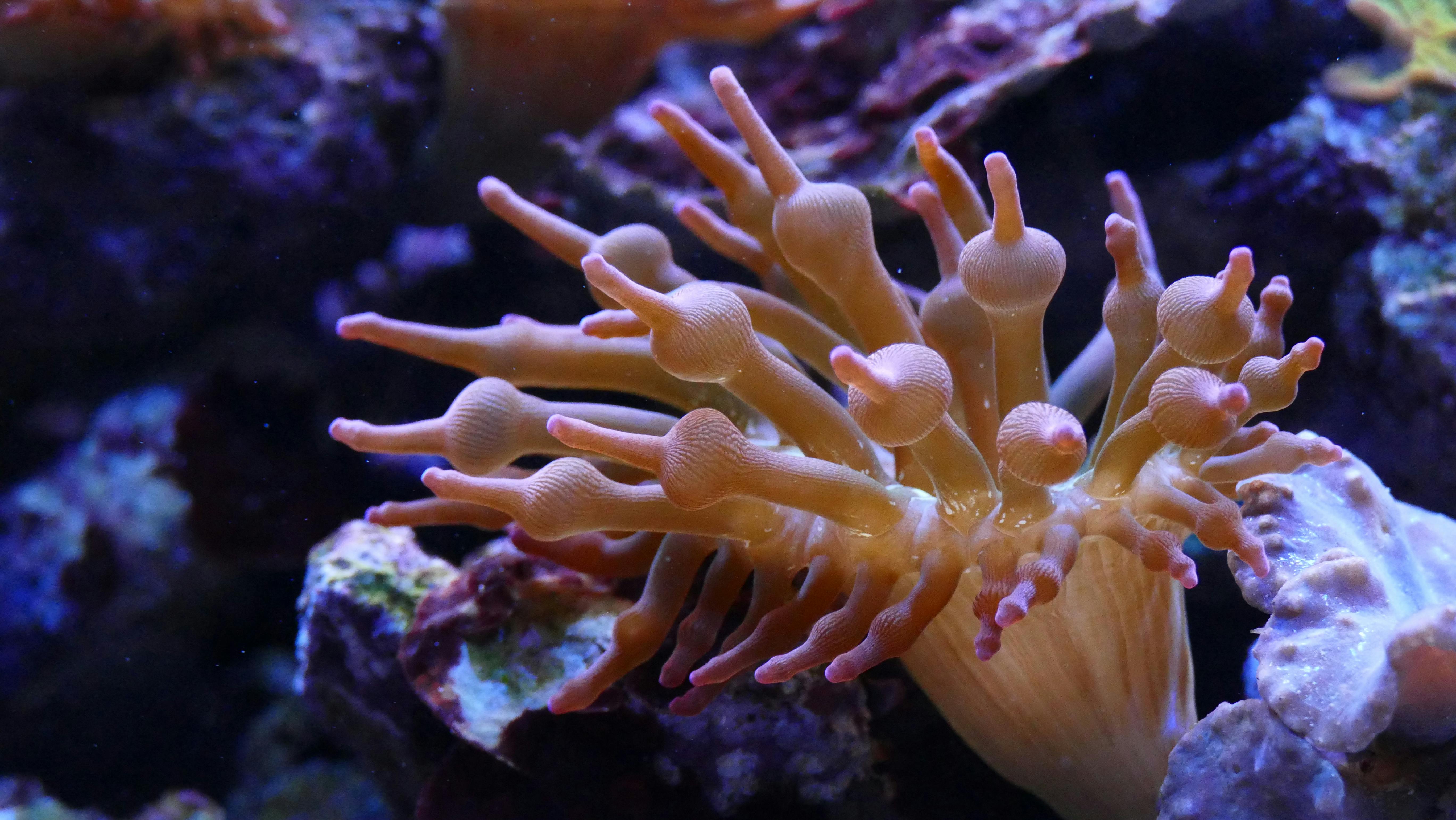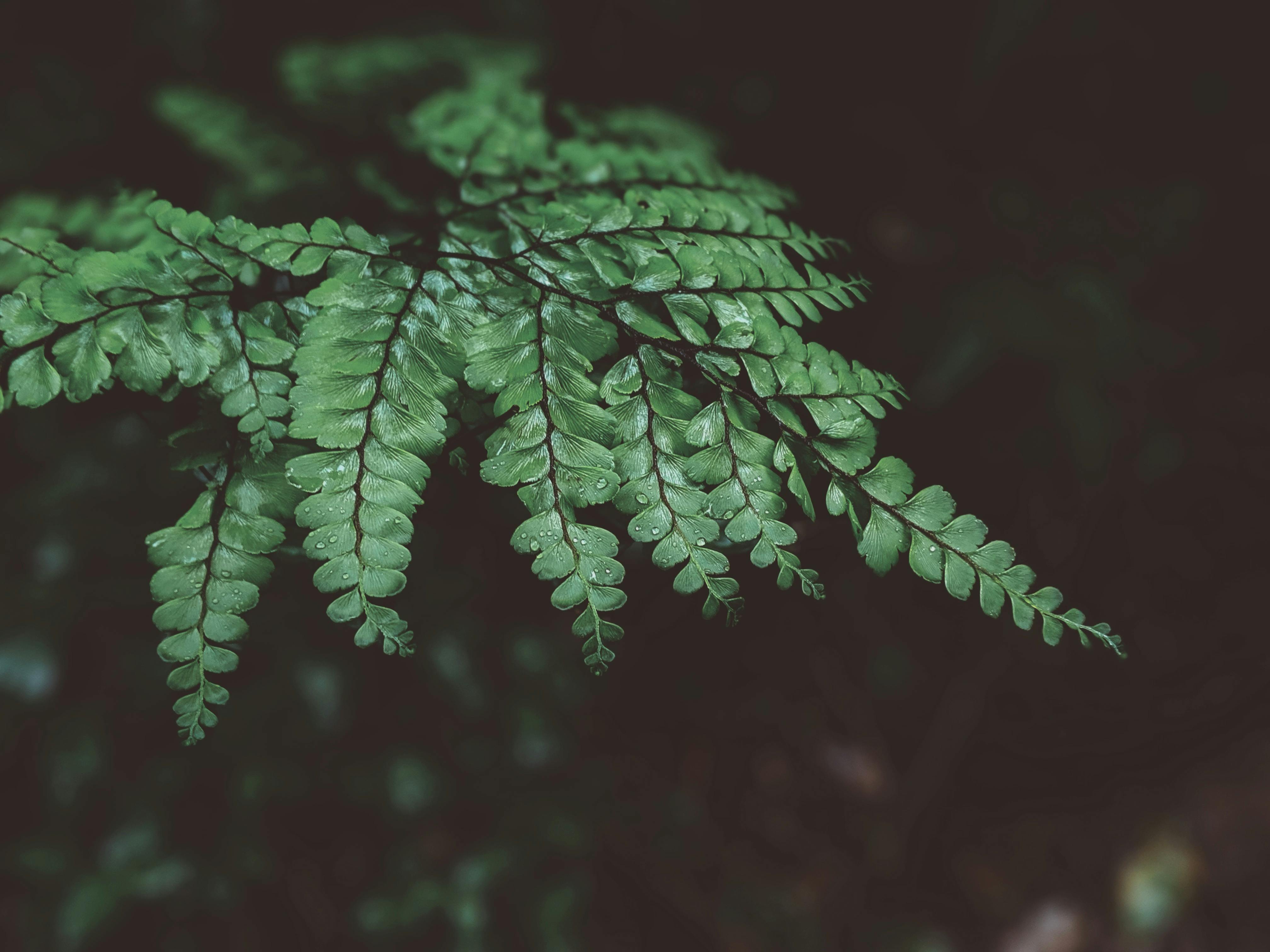Peppers are a popular vegetable to grow in the garden, and knowing how deep to plant them is an important part of the process. Planting peppers too shallow can lead to poor root development, while planting them too deep can prevent adequate light and air intake. To ensure healthy pepper plants, it is important to understand the proper planting depth for pepper seeds and transplants.When planting peppers, the general rule is to plant the seeds or seedlings at a depth of 1/4 to 1/2 inch. If using transplants, plant them at the depth they were previously growing in their container. Make sure the hole is wide enough so that the roots can spread out once planted.
Planting Peppers: Depth Considerations
When planting peppers, the depth at which you plant them is an important consideration. The pepper seed should be planted about a quarter inch deep and should be covered lightly with soil in order to ensure proper germination. Planting too deeply can cause the seed to rot before it has a chance to germinate, while planting too shallow can leave the seed exposed to environmental hazards such as birds or wind that can carry the seed away. Additionally, peppers need plenty of light and warmth in order to thrive, so if they are planted too deeply they may not receive enough of these elements.
When planting peppers, it is also important to consider how much water they will need. Peppers prefer soil that is moist but not overly wet, so it is important to ensure that you are not over-watering your plants. Too much water can lead to root rot or cause the pepper plants’ growth to slow down. However, if the soil is too dry then there may not be enough moisture for the peppers to grow properly. The key is finding a balance between wet and dry that will help your peppers thrive and produce delicious fruit.
Finally, when planting peppers it is important to consider the type of soil you are using as well as its quality and fertility level. Peppers prefer well-drained soils that are rich in organic matter such as compost or aged manure. Additionally, if you can provide your pepper plants with an adequate amount of nutrients then they will be able to grow healthy and strong and produce an abundance of delicious fruit.
In conclusion, when planting peppers it is important to consider their depth relative to other elements such as water needs, soil type and fertility levels in order for them to thrive. With proper care and attention your pepper plants will produce delicious fruit for years to come!
Environmental Factors Affecting Pepper Plant Depth
The depth of a pepper plant can be determined by a variety of environmental factors. Temperature, soil moisture, sunlight, and other climatic conditions all play a role in determining the depth of a pepper plant. Temperature is one of the most important environmental factors affecting plant depth. Cold temperatures can cause the pepper plant to become shallow-rooted, while warm temperatures will encourage deeper root growth. Soil moisture is also an important factor in determining the depth of a pepper plant. When soil moisture is too low, the plant may struggle to reach deeper depths, while soils with higher moisture levels allow for more efficient root growth. Sunlight also affects a pepper plant’s ability to reach its full potential in terms of depth and quality yield. Sunlight helps promote photosynthesis which increases production and encourages deeper root growth. Other climatic conditions such as wind, humidity, and precipitation can also play an important role in determining the success of a pepper plant’s root system.
In conclusion, there are many environmental factors that affect the depth of a pepper plant. Temperature, soil moisture, sunlight, and other climatic conditions all play an important role in determining how deep a pepper plant will reach its roots. Understanding these factors can help optimize yield and ensure that your plants are reaching their full potential for maximum productivity and quality yields.
Preparing Soil for Planting Peppers
Preparing the soil is the most important part of planting peppers. The soil should be loose, well-draining, and rich in organic matter. If the soil is too clay-like or has poor drainage, it’s best to add compost or other organic amendments to improve the structure of the soil. Raised beds are often recommended to promote better drainage and aeration for peppers. Peppers require plenty of nutrients to thrive, so a balanced fertilizer should be added prior to planting. The pH level of the soil should also be tested prior to planting, as peppers prefer slightly acidic soil with a pH range between 5.5 and 6.5. If necessary, lime can be added to raise the pH level of the soil. It’s best to work amendments into the top 8-10 inches of soil before planting peppers.
It is also important to make sure that any weeds have been eradicated from the area where peppers are being planted, as weeds compete with pepper plants for resources like water and nutrients. It’s best to remove any weed roots from the top 8-10 inches of soil prior to planting, so that weeds do not become established while peppers are growing in this area. Finally, it’s also important to make sure that any diseased plants have been removed from this area as well in order to avoid spreading diseases or pests to healthy pepper plants.
By following these steps when preparing soil for planting peppers, gardeners can ensure that their pepper plants will receive all of the necessary nutrients and that they will have adequate drainage and aeration while growing in this space.
What is the Best Depth for Planting Peppers?
When planting peppers, it’s important to plant them at the right depth. The best depth for planting peppers is 1 inch (2.5 cm) deep. Anything deeper can inhibit the growth of the plant and cause it to be stunted.
When planting peppers, make sure you dig a hole that is 1 inch (2.5 cm) deep and wide enough to accommodate the roots of the pepper plant without crowding them. This will ensure that your pepper plant has plenty of room to grow and develop its roots properly. After you have planted your pepper, be sure to water it thoroughly so that it takes root quickly and deeply in the soil.
It’s also important to remember that pepper plants need a lot of sun in order to thrive, so make sure your planting area receives at least 6-8 hours of direct sunlight each day. If you are unable to provide this much light, consider adding additional lighting, such as grow lights, to supplement your pepper plants’ needs for optimal growth and production of fruit.
Finally, when planting peppers, it’s important to provide adequate drainage for excess water from rain or irrigation systems so that your peppers don’t become waterlogged and rot in their soil. Adding a layer of mulch around your planting area can help keep weeds out and also help retain moisture in the soil while still providing some drainage during periods of heavy rain or irrigation systems running too long.
By following these simple steps when planting peppers, you can ensure that your pepper plants get off to a good start and will be able to reach their full potential for producing delicious fruits!

Soil Type and Pepper Plant Depth
Peppers are one of the most popular vegetables in the home garden and can be grown in almost any soil type. However, there are certain soil types that will give peppers the best chance for success, as well as provide them with more nutrients to thrive. One of the most important factors for successful pepper production is soil depth. Pepper plants will need at least 12 inches (30 cm) of loose, well-draining soil to produce good yields. Sandy or loamy soils are ideal for pepper production, as they provide adequate drainage and hold moisture better than clay soils. Adding organic matter to these types of soils can also help improve their structure and fertility. For heavy clay soils, adding organic matter or raised beds can help improve drainage and aeration. Proper soil preparation is essential for healthy pepper plants; be sure to add compost or other organic material before planting to ensure that peppers get off to a good start.
The Benefits of Planting Peppers at a Deeper Level
Planting peppers at a deeper level offers many benefits to gardeners. One of the biggest advantages is that it can help reduce the amount of water needed for irrigation. By planting deeper, water can be held in the soil for longer, thus reducing the amount of time spent watering. Additionally, peppers planted at a deeper level are less likely to suffer from wilting during hot days due to increased soil moisture.
Another benefit of planting peppers at a deeper level is that it helps protect against the elements. Deeper-planted peppers are more protected from winds and other elements that could damage their foliage or roots. This can help ensure healthier plants that produce more fruits during the growing season.
Finally, planting peppers at a deeper level can also help improve their flavor and texture. Deeper-planted pepper plants tend to produce more flavorful fruits due to increased soil contact with their root systems. Additionally, peppers planted at a deeper level are less likely to suffer from cracking or splitting due to inconsistent soil moisture, resulting in firmer and tastier fruits when harvested.
Soil Preparation
When it comes to planting pepper plants, soil preparation is essential. It is important to use well-draining soil that is rich in organic matter. Make sure to incorporate plenty of compost, aged manure, or other organic material into the soil before planting. This will ensure that your pepper plants have access to the nutrients they need for optimal growth. Additionally, test the pH of your soil and adjust as necessary for optimal growing conditions.
Location
Before planting pepper plants, it is important to consider the location. Peppers require plenty of sun for optimal growth and fruiting so make sure to pick a spot with at least 6-8 hours of direct sunlight each day. When choosing a location, also check for nearby sources of water as peppers require consistent watering to thrive.
Variety Selection
When selecting a variety of pepper plant, think about the type and flavor you would like to grow. Consider which type of peppers you prefer – sweet or spicy – and select accordingly. There are many different types available so research each variety carefully before making a decision. Also take into account the size of your garden space as some varieties may require more room than others.
Planting Time
Finally, consider when you will be planting your pepper plants. Pepper plants are warm-season crops so they should not be planted until the last frost has passed in your area. In general, most regions can begin planting peppers in late spring or early summer when temperatures are consistently around 70 degrees Fahrenheit (21 degrees Celsius).

Conclusion
When planting peppers, it is important to consider the depth at which they should be planted for the best results. The depth will depend on the variety of pepper being planted and the size of the seedling or seed. Generally, a good rule of thumb is to plant peppers at a depth that is slightly shallower than their diameter. While this is a good starting point, other factors such as soil type and moisture levels should also be taken into consideration to ensure successful germination and fruit production. Deep planting can result in poor nutrient uptake while shallow planting can lead to inadequate root development and poor anchoring of the plant. By understanding how deep to plant peppers, gardeners can maximize their chances of success and enjoy a bountiful harvest of delicious peppers!

